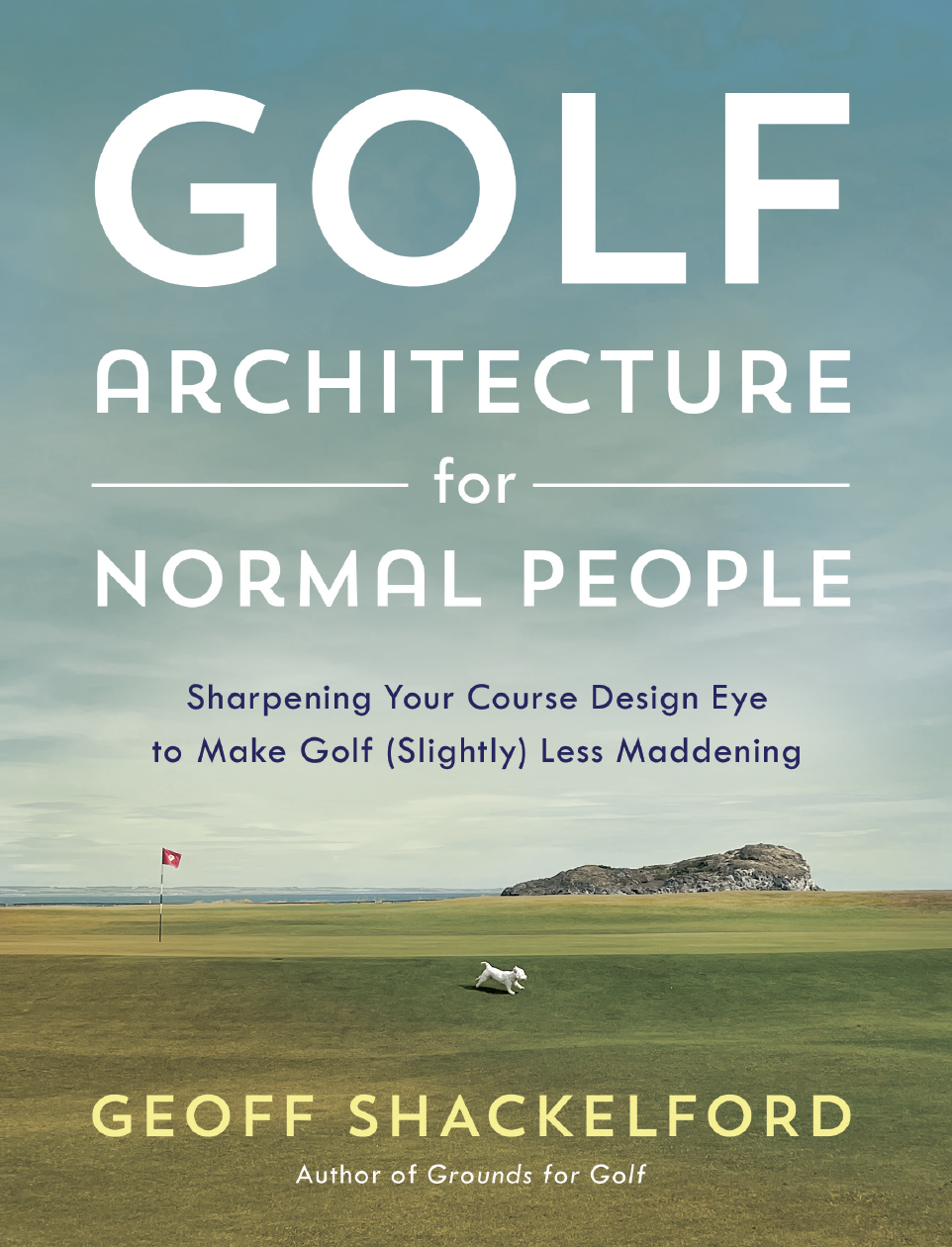When you come to think of it that is the secret of most of the great holes all over the world. They all have some kind of a twist. C.B. MACDONALD
"On a typical day you're going to find caddies playing with members. It's not some snobby, elitist golf course."
/ Nice work by Farrell Evans to track down Bill Evans, the 62-year-old American GM of Petionville Club, a nine-holer on the outskirts of Port-au-Prince that has since become a refugee camp for earthquake victims.
Nice work by Farrell Evans to track down Bill Evans, the 62-year-old American GM of Petionville Club, a nine-holer on the outskirts of Port-au-Prince that has since become a refugee camp for earthquake victims.Sweater-Folder Suspended For Not Folding Enough Sweaters
/Where's Marty Hackel When You Need Him Files: Golf Bras For The Discerning Japanese Woman
/Faldo Knighted; Queen Offers Address Position Advice?
/Courtesy of Jay Busbee at Yahoo.
I think she's tell him to keep the right shoulder lower at address? Using a sword's a bit over the top, no? Or maybe that was all they had lying around? Wait, what? It's part of the ceremony? Oh, sorry.
Still, I'm not so sure about the right knee on the velvet stool that she bought from Liberace? Maybe an old Leadbetter drill?

No Loch Ness Monster, But Plenty Of Golf Balls
/ Thanks to reader Al for this CNN story on the Danish Golf Union discovering that it takes between 100 and 1,000 years for golf balls to decompose, and that an estimated 300 million are lost or discarded annually.
Thanks to reader Al for this CNN story on the Danish Golf Union discovering that it takes between 100 and 1,000 years for golf balls to decompose, and that an estimated 300 million are lost or discarded annually.
This was the most amazing part:
The scale of the dilemma was underlined recently in Scotland, where scientists -- who scoured the watery depths in a submarine hoping to discover evidence of the prehistoric Loch Ness monster -- were surprised to find hundreds of thousands of golf balls lining the bed of the loch.
Apparently the Loch is considered a driving range by locals. Lovely. The video evidence:
"Researchers found that golfers could reduce their handicap after a few months of using a night-time device that provides nasal positive airway pressure"
/From The Irish Times...not The Onion:
GOLF: GOLFERS WITH the night-time breathing disorder obstructive sleep apnea can improve their game and cut their handicap by up to three strokes by treating their sleeping problem, according to a small US study.
Researchers found that golfers could reduce their handicap after a few months of using a night-time device that provides nasal positive airway pressure (NPAP) – a treatment that has been shown effective for curbing sleep apnea.
The study was based on 24 golfers and saw their average handicap fall significantly from 12.4 to 11.0. The effect was even more pronounced in better golfers with a handicap of 12 or under whose average handicap dropped from 9.2 to 6.3.
“The surprise was that the most significant improvement was noted in the lower handicap golfers, many of whom were older,” researcher Dr Marc Benton said.
Benton estimated that there are one to three million regular golfers in the United States who suffer from sleep apnea, and most are undiagnosed or untreated.
Obstructive sleep apnea is a disorder in which the tissues at the back of the throat temporarily collapse during sleep, causing repeated stops and starts in breathing during the night. This leads to poor-quality sleep and, often, daytime drowsiness, fatigue, and cognitive impairment.
I'm guessing this isn't on the PGA Tour's banned list?
"I saw one of the most remarkable sights I have come across in 50 years of playing and watching the sport."
/ Photographer Rob Matre just opened an exhibition where some of the proceeds go to the Jordan Thomas Foundation to benefit children in need of prosthetics. And for more inspiration, the one-legged Manuel de los Santos just played in the Dunhill Cup and plays to a three handicap. John Hopkins profiled de los Santos and courtesy of reader Jeff, there's this video of his swing:
Photographer Rob Matre just opened an exhibition where some of the proceeds go to the Jordan Thomas Foundation to benefit children in need of prosthetics. And for more inspiration, the one-legged Manuel de los Santos just played in the Dunhill Cup and plays to a three handicap. John Hopkins profiled de los Santos and courtesy of reader Jeff, there's this video of his swing:
"He said he did it because he wanted to honor all the golfers who had died"
/"I [kept] thinking it didn't happen, after it happened. I'm like, there's no way that just happened"
/"Jordan Thomas: Making A Connection Between Golf & Health Care Rights"
/ Nice post and audio interview of Jordan Thomas by Ryan Ballengee. Check it out and Thomas's foundation here.
Nice post and audio interview of Jordan Thomas by Ryan Ballengee. Check it out and Thomas's foundation here.
"Of all the people you are going to offer things to, you certainly wouldn't want to approach the ex-partner."
/The Moon Shot
/GolfDigest.com posts the moon shot video and a transcript for today's 40th anniversary.
The Monterey Herald's Jerry Stewart emailed this quote from Alan Shepard, a Pebble Beach resident that he interviewed over a decade ago:
"I had a makeshift collapsible golf club which was a one-handed six iron. I couldn't get two hands on the shaft because my space suit was too cumbersome but I whacked a couple of balls and they went six times as far because of the difference in gravity."











